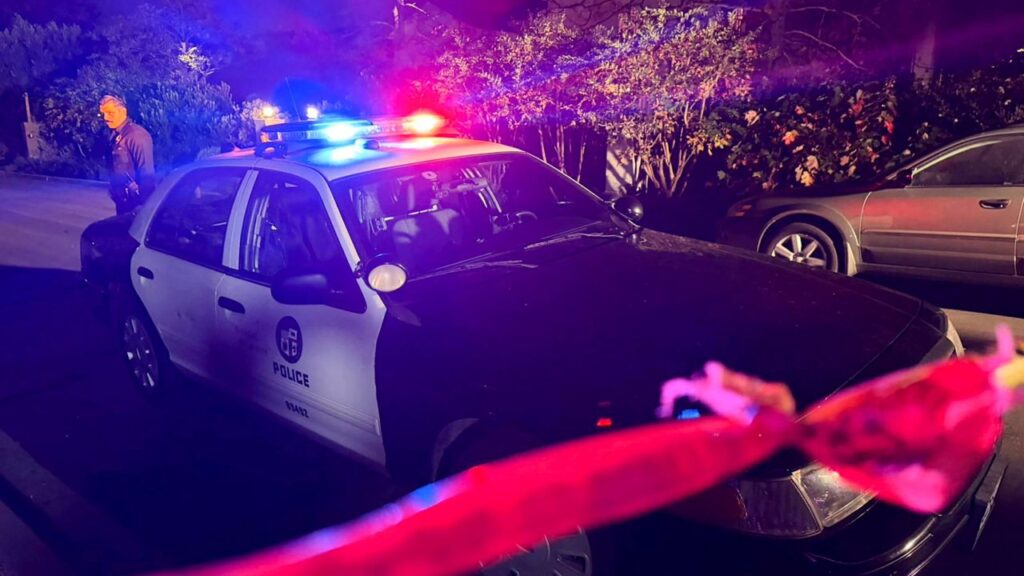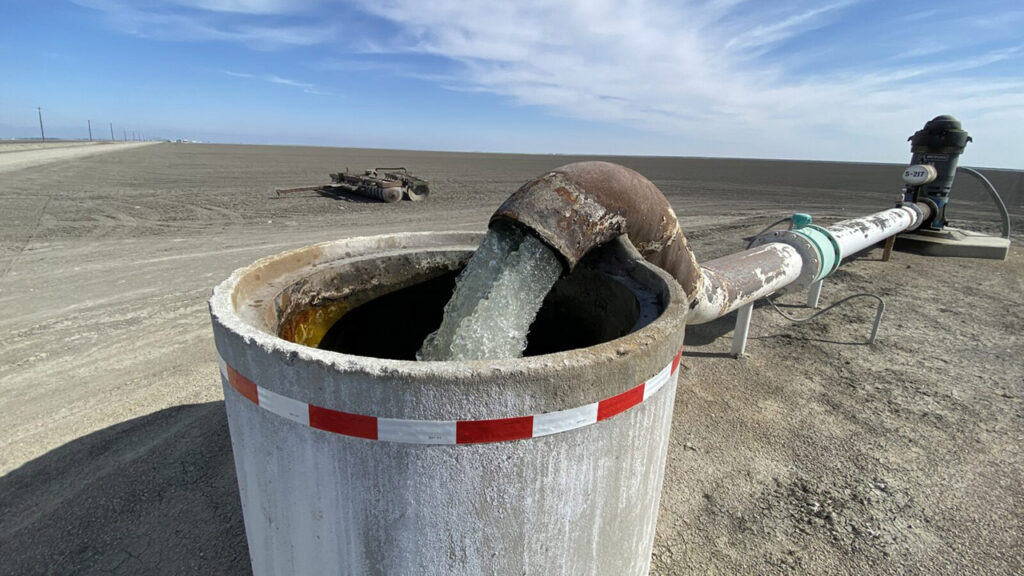Share
Fresno Unified trustees face a dilemma — the district has the opportunity to lasso millions of dollars in state funds to help build career and technical education classrooms at high schools, but that would mean postponing promised projects at other schools.
The board discussed options Tuesday night at a special board meeting on setting priorities for spending funds from Measure M, the $325 million bond measure that Fresno Unified voters approved overwhelmingly in the March primary election.
Trustees will be meeting in small groups with district officials over the next few days to provide input for the facilities spending recommendations at next Wednesday’s board meeting.
On Tuesday, the district was recommending revisions totaling $59,350,000, including adding CTE classroom buildings at Duncan Polytechnical, Edison, and Sunnyside High Schools, modernizing Yosemite Middle School classrooms, improving accessibility at Roosevelt High’s West Hall and improving administrative/student support spaces at the school, adding an e-sports center at Tehipite Middle School, and improving public spaces on the second floor of the district’s downtown Education Center.
To balance the additions, the district proposes delaying funding classroom buildings at Lowell and Thomas elementary schools and library projects at Centennial, Easterby, Gibson, Homan, and Wishon elementaries, reducing the scope of projects at Holland, Lane, Mayfair, and Powers elementaries, and reducing spending on security projects, support spaces, kitchens, and restrooms.
District Eligible for State Funds
Shifting the funding priorities will help Fresno Unified access $14.2 million in state funds for career and technical education facilities, said Karin Temple, the district’s chief operations officer.
Superintendent Bob Nelson acknowledged that the proposed revisions, which are based on the new availability of state funds, are not what the trustees envisioned when they were drawing up the Measure M projects list and seeking support from voters. But, he said, those state funds are “use it or lose it.”
Reprioritizing projects will move some further into the future, but “that’s not to say they would not be done, but they would not be done in the same priority,” Nelson said. “… So our intent tonight is to try and focus on, is the changing nature of the program worth contemplating moving things around? And in terms of gathering state revenue, is that a priority of the board?”
He noted that increasing career and technical education offerings has been a priority for the community.
Board president Keshia Thomas said the trustees will need to consider the impact on other projects if the CTE projects are pushed forward.
“I hate to lose money, but is it at the detriment of our other projects to accept the money?” she said.
Boosting Duncan’s Enrollments
Trustee Carol Mills noted the importance of the CTE programs at Duncan but questioned the district’s sizeable investments in a high school that typically enrolls about 1,000 students compared with the approximately 2,000 students enrolled at each of the district’s comprehensive high schools. She asked if the district is taking steps to increase Duncan’s enrollment.
Recruiting students has been more problematic during COVID times, but district officials are still working to get the word out to students and their families about Duncan’s programs, said Jeremy Ward, executive officer of the district’s office of college and career readiness.
And, he said, the district has arranged for direct transportation to bring students from across the district to Duncan, he said. Up to then, students had to use city bus lines, and so most came from McLane, Roosevelt, and Hoover along the “Cedar Corridor.”
“So district transportation, which has now begun to come into play, will, we believe, make a difference to access to the school for students from around the city,” Ward said.
Bullard Spending Exceeds Other Regions
Trustees also reviewed how much money has been spent within the trustee areas and high school regions since 2006, and several noted that the Bullard region apparently has claimed an inordinate share since 2006.
The year 2006 is the starting point, because district records were coded differently before then, Temple told the board.
Whether the data is analyzed on per-pupil spending, by high school region or by trustee region, “the elephant in the room is that the Bullard region seems to always have so much more investment than everybody else,” trustee Elizabeth Jonasson Rosas said.
Temple said that the data reflects projects since 2006 and not prior years. Bullard High School was in need of site improvements to bring it up from middle school to high school standards, and projects in that region were approved by the school boards in office at the time, she said.
Bullard area trustee Terry Slatic noted that the region’s facilities spending included a major project to move power lines away from Slater Elementary, which up until 2010 was in the Fresno High region.
Slatic said that if the $20 million for that project had been spent in any other region instead, “that would massively change the ability of any of my fellow trustees to use the term ‘historical inequities,’ as was used a few minutes ago.”
RELATED TOPICS:
Categories



















